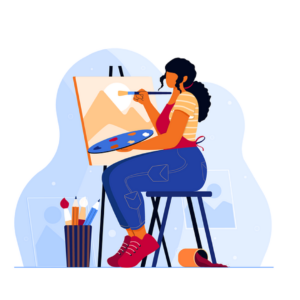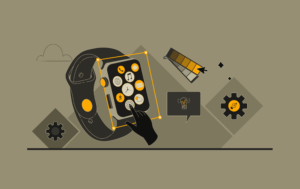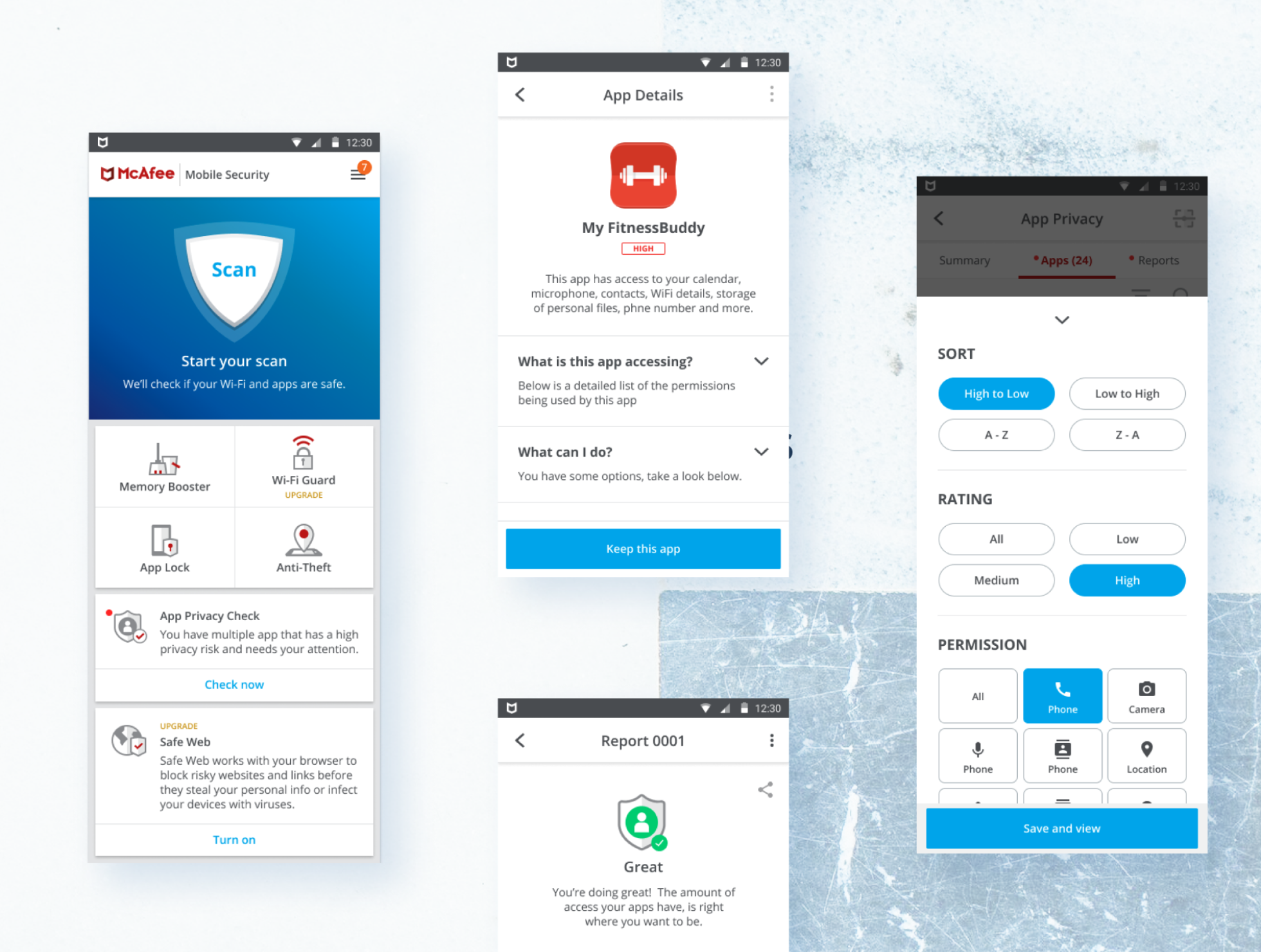Illustrations are everywhere—on websites, branding, packaging, and user interfaces. But they are more than just visuals. They have hidden stories and a bigger role in the creative world. They can shape emotions, guide people, and even influence decisions in ways we don’t always notice.
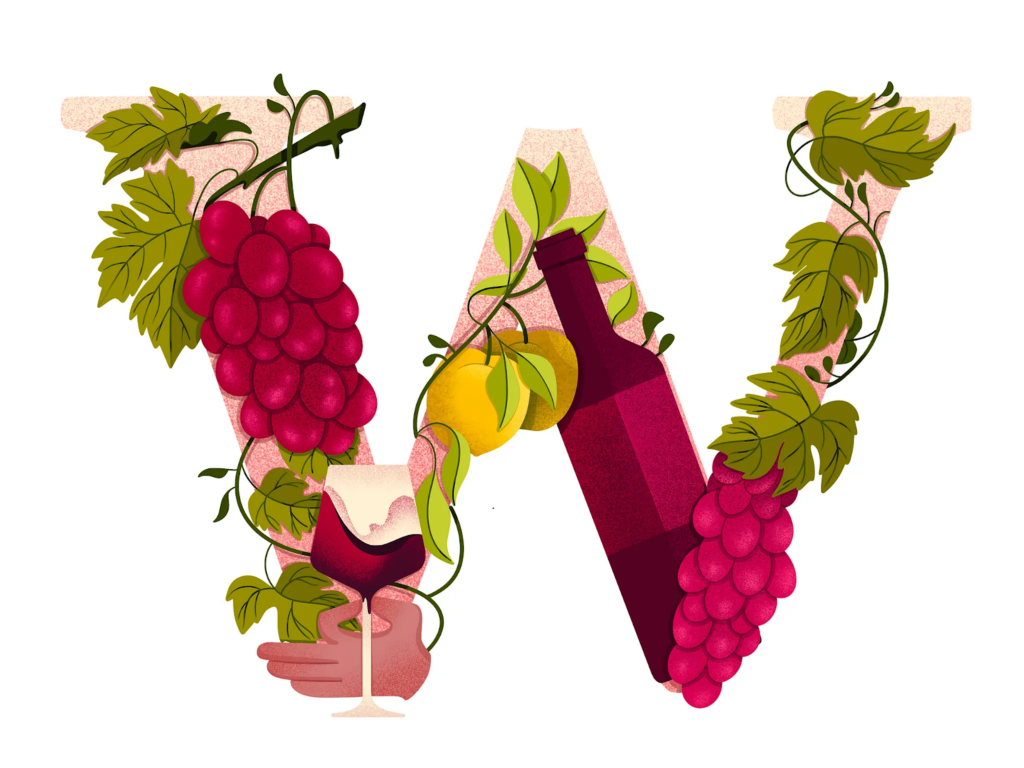
Illustrations Speak When Words Fail
Illustrations are great at simply explaining complex ideas without confusing the viewer. Unlike stock images or plain text, they make messages easier to understand while keeping people interested. For example, a brand can use custom illustrations to explain a new service clearly, helping the audience remember it better.
Illustrations Create Deeper Emotions Than Photos
Photos show reality, but illustrations bring imagination to life. They allow endless creativity, showing dreamy worlds, strong emotions, and unique brand styles that photos often can’t. This makes them great for storytelling, helping people connect emotionally and remember brands better.
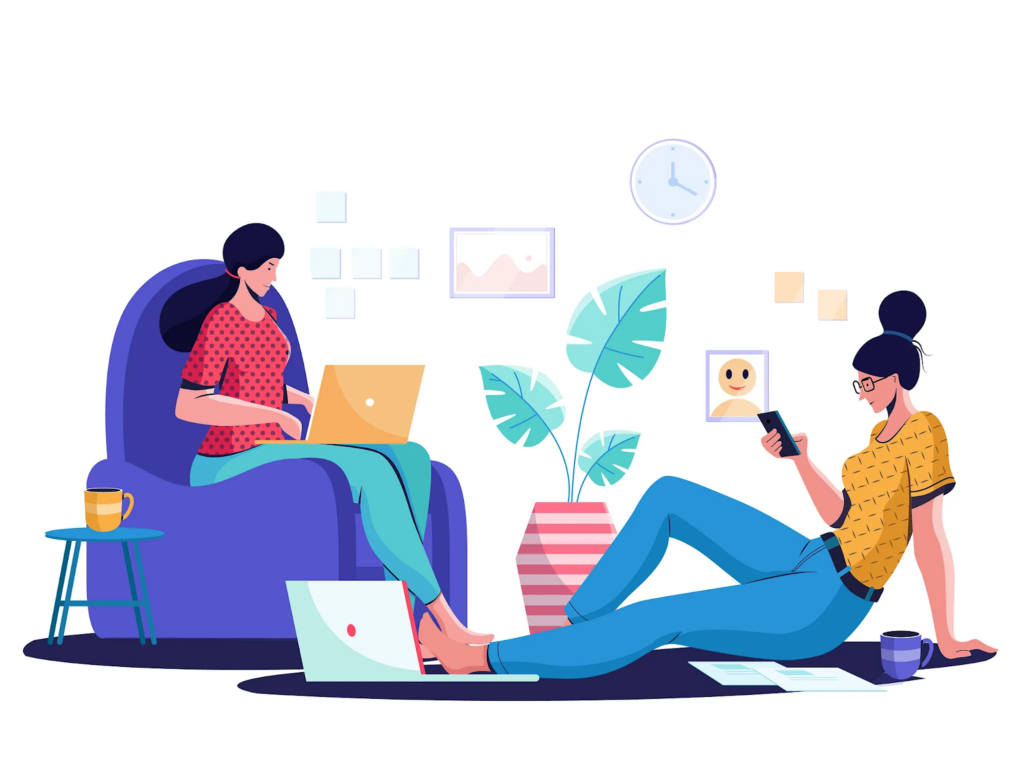
Illustrations Help Direct Attention
A well-placed illustration can guide the viewer’s eye. In website design, hand-drawn elements or vector graphics can lead users to important buttons or information. Unlike plain text or static images, illustrations create a natural flow that makes navigation easier.
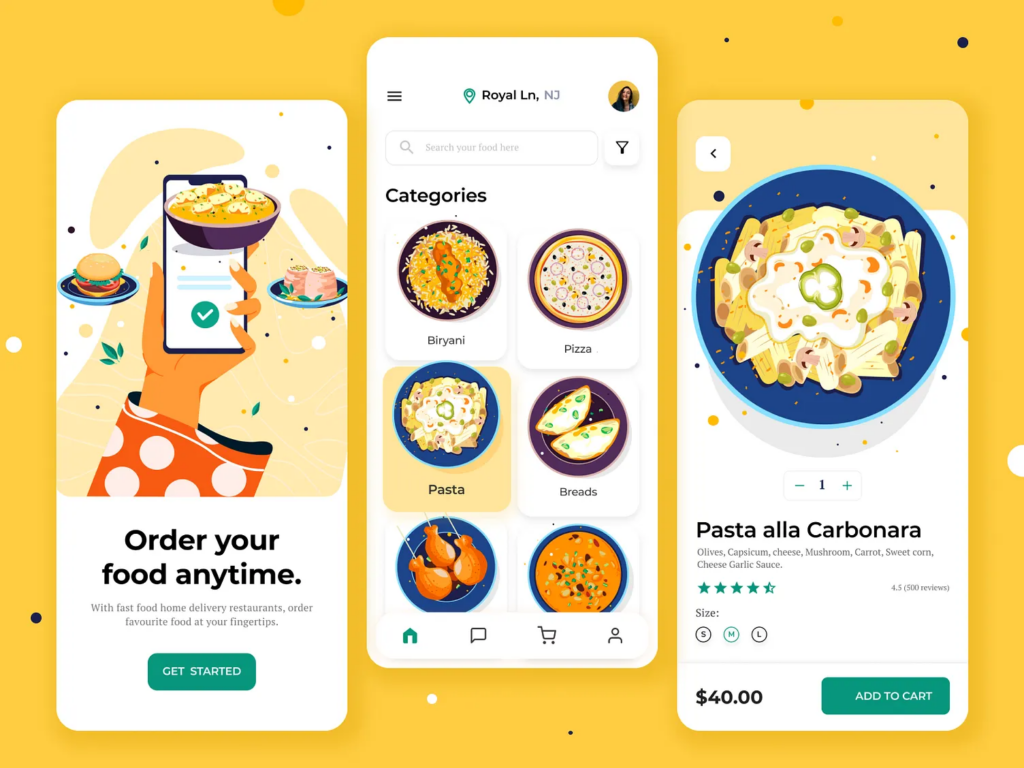
Flexibility in Every Design
Illustrations are versatile. They can be minimal, bold, flat, textured, detailed, abstract, or hyper-realistic. This adaptability makes them an ideal tool for any design style—a modern corporate site, a playful children’s brand, or an artistic fashion campaign.
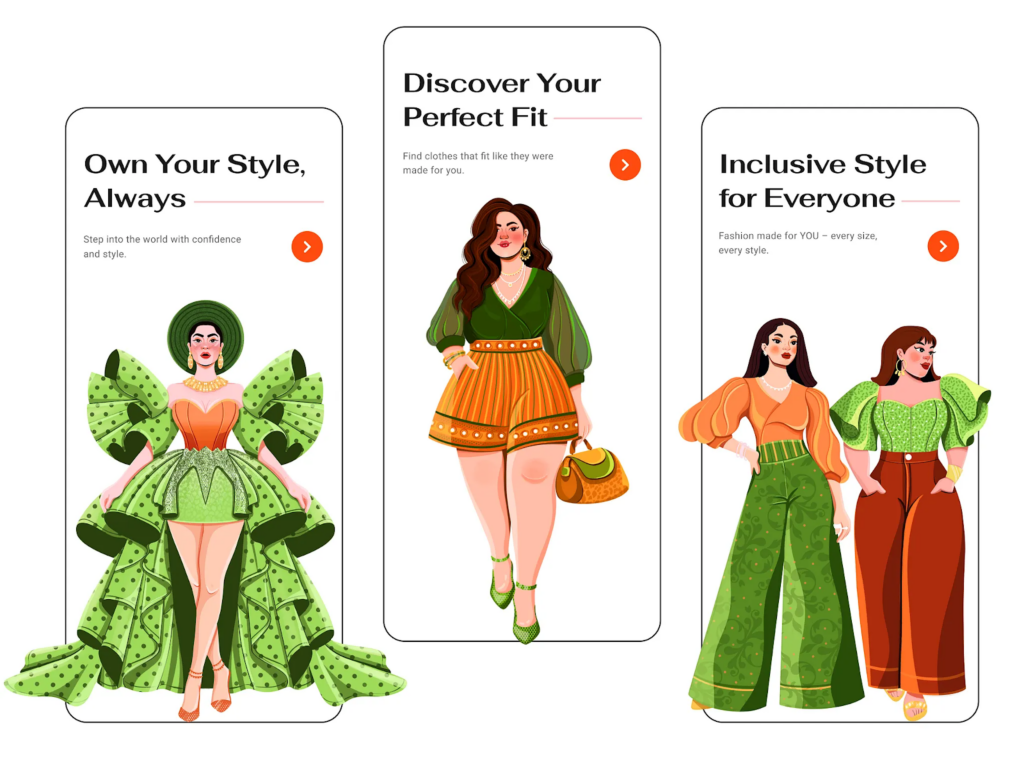
Breaking Linguistic Barriers
In a world with many languages and cultures, illustrations help everyone understand. Infographics, icons, and pictures explain things without words. That’s why big brands use custom illustrations to reach people everywhere.

A Brand’s Signature Style
Custom illustrations give brands a unique visual identity that sets them apart. Unlike stock photos that anyone can use, personalized artwork creates a distinct style that becomes instantly recognizable. Think of brands like Dropbox or Slack—both use unique illustrations to make their interfaces feel more friendly and engaging.

Illustrations in UX: More Than Just Looks
In user experience design, illustrations do more than just look nice. They help people understand content easily. For example, an onboarding guide with pictures feels simpler than a long text. Illustrations also make error pages, empty states, and loading screens more engaging and helpful.
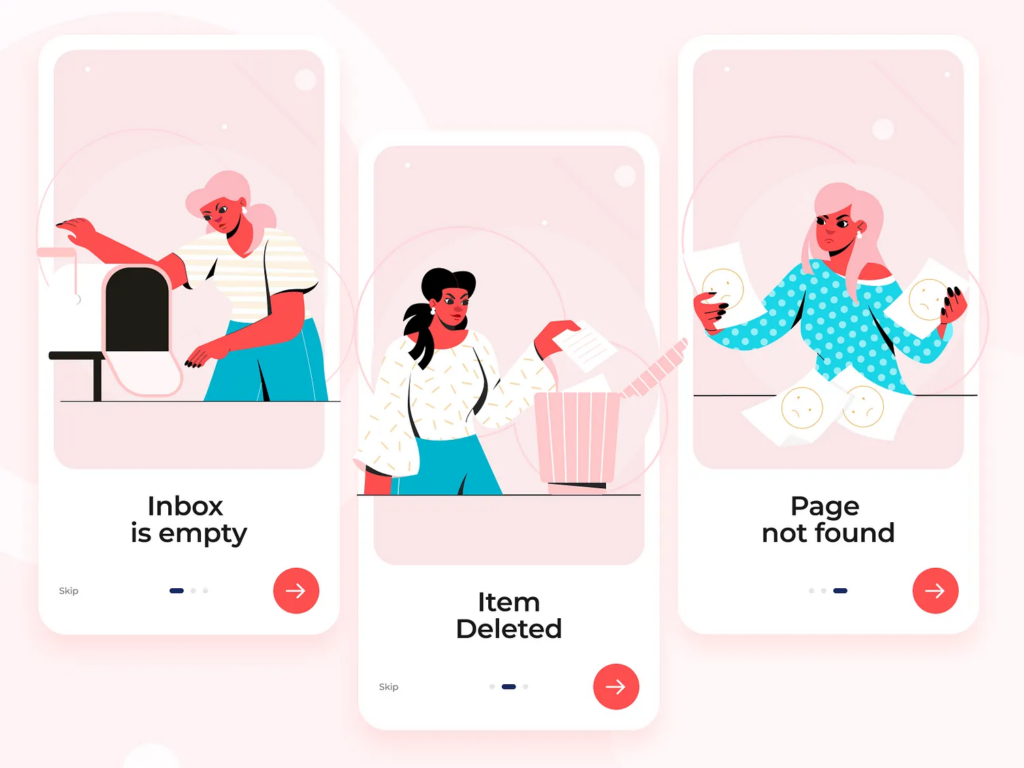
The Future of Illustration in Design
With new AI and digital tools, illustration is changing. Motion graphics, interactive art, and AR make storytelling more exciting. But at its heart, illustration still helps design feel more human, clear, and engaging.
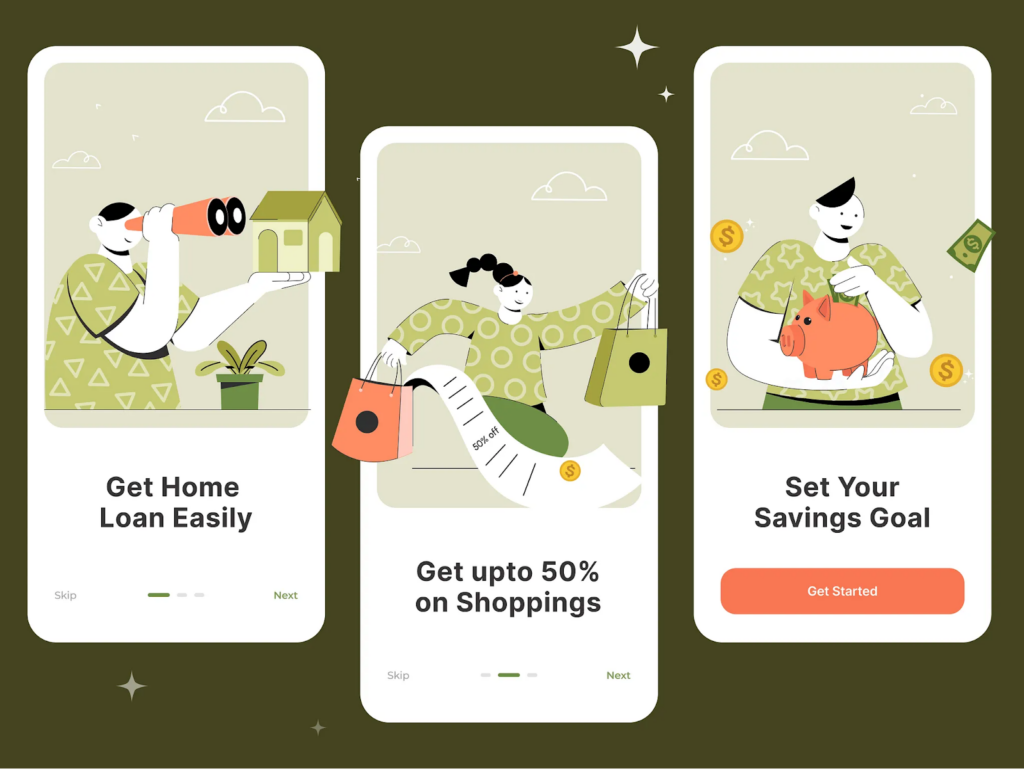
Conclusion
Illustrations are more than just decorative elements; they are silent storytellers that shape our experiences without us even realizing it. Whether in branding, web design, or user interfaces, their role goes beyond aesthetics, making communication seamless and experiences more memorable. The next time you see an illustration in a design, take a moment to appreciate its hidden strategy—because great illustrations don’t just look good; they make everything work better.



